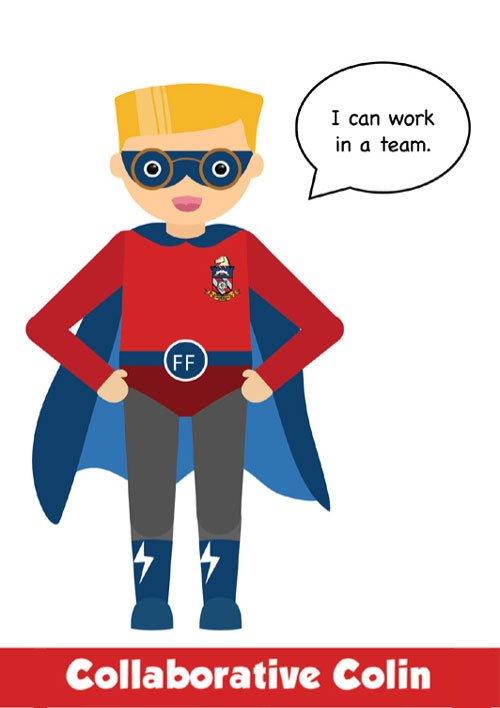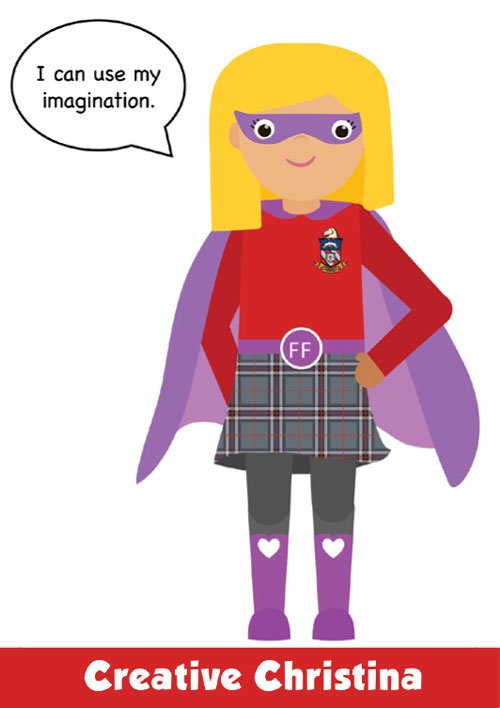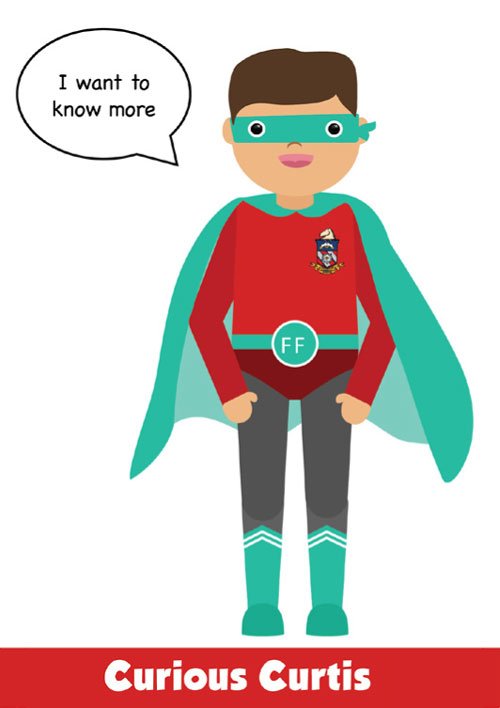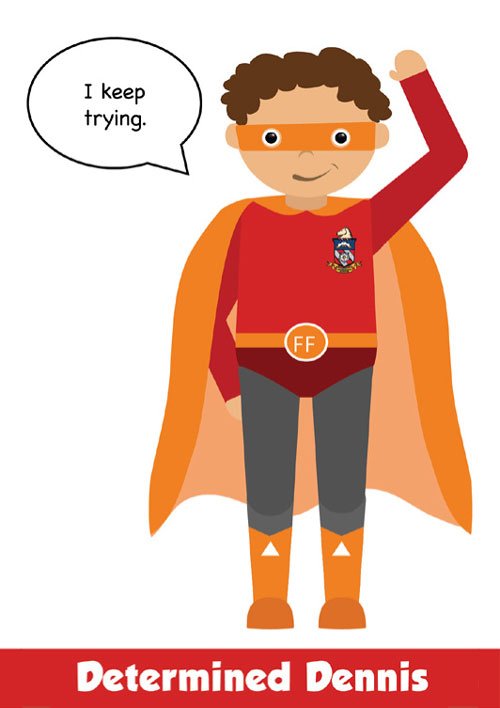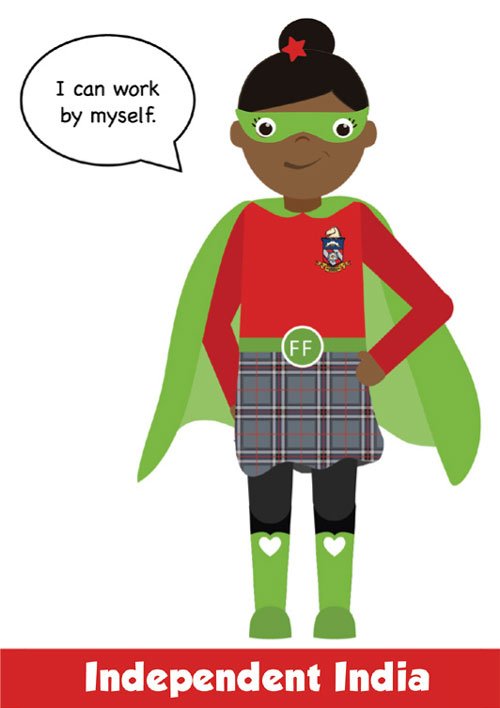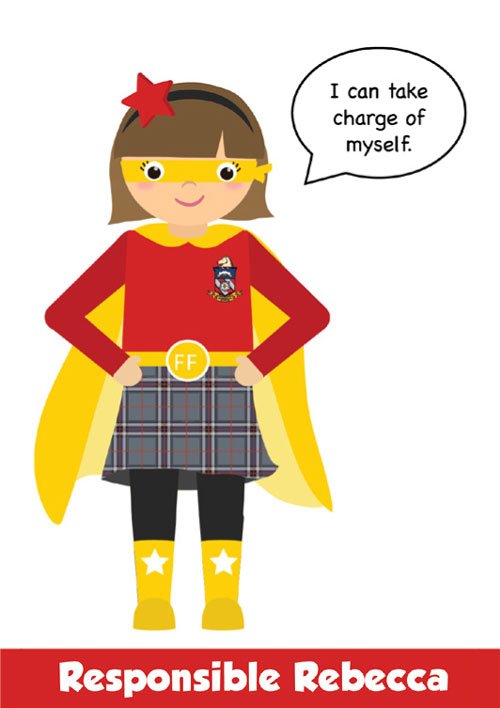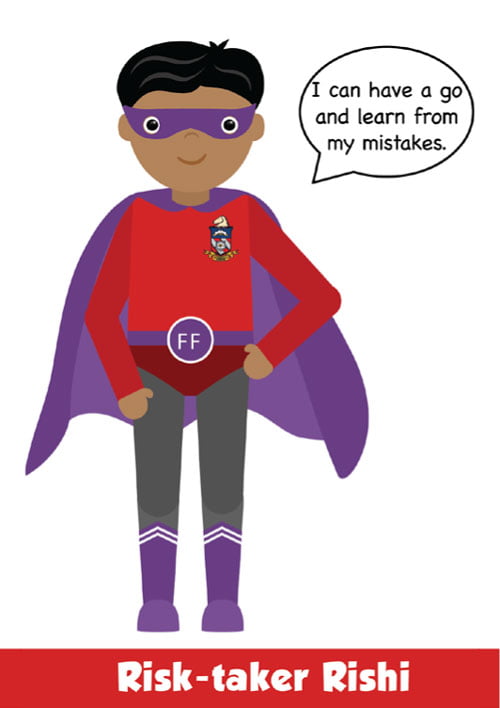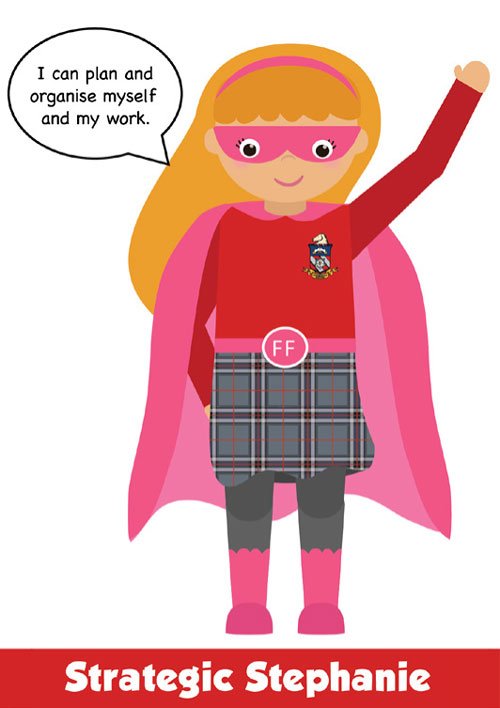Next week, our ethos theme will be: ‘We try to solve problems.’ Children face a range of problems every day, from academic challenges to issues in the playground, from personal organisation to making difficult choices. Teaching children how to navigate these problems, and in turn develop their resilience, is a vital component in our teaching at Froebelian.
Some children who lack problem-solving skills may shy away when faced with a challenge. Rather than investing their energy into solving the problem, they develop avoidance tactics instead. Other children might jump into action too quickly without considering their options e.g. a child may hit a classmate who pushes in front of them in line because they are not sure what else to do. Those impulsive decisions may lead to even bigger issues in the long run.
When we provide children with a clear process for solving problems, they’ll feel more confident in their ability to ‘have a go’.
Here are some steps to problem-solving:
1. Identify the problem
Just acknowledging the problem out loud can make a big difference for children who are feeling stuck. Help your child state the problem, such as, ‘You don’t have anyone to play with at break time,’ or ‘You aren’t confident with fractions in Maths.’
2. Develop possible solutions
Brainstorm possible ways to solve the issue. Emphasize that all the solutions don’t necessarily need to be good ideas (at least not at this point). Even a silly answer or far-fetched idea is a possible solution. Help your child develop solutions if they’re struggling to come up with ideas. The key is to help them see that with a little creativity, they can find many different potential solutions.
3. Identify the pros and cons of each solution
Help your child identify potential positive and negative consequences for each potential solution they identified.
4. Pick a wise solution
Once your child has evaluated the possible positive and negative outcomes, encourage them to pick a wise solution.
5. Test it out
Tell them to try a solution and see what happens. If it doesn’t work out, they can always try another solution from the list that they developed in step two.
| Do | Don’t |
| Make sure the children understand that you respect their capacity to solve problems as well as demonstrating that adults have problems to solve as well. Practice brainstorming solutions as a family. You’d be surprised at how creative they can be. | Don’t prevent your children from experiencing failure. If we’re unwilling to see our children fail at a task, then we’re unwilling for our children to learn. Success and failure are the opposite sides of the same coin – the children need to experience both to better appreciate them. |
| Do allow for natural consequences which may also teach problem-solving skills. So when it’s appropriate, allow your child to face the natural consequences of their actions. Just make sure it’s safe to do so.
This can lead to a discussion about problem-solving to help them make a better choice next time. Consider these natural consequences as a teachable moment to help work together on problem-solving. |
When problems arise, try not to be a ‘helicopter parent’. Give your child some space. Whatever age your children are, allow them to make mistakes and teach them how to move forward. Offer guidance when they need assistance, but encourage them to solve problems on their own.
|

